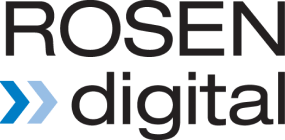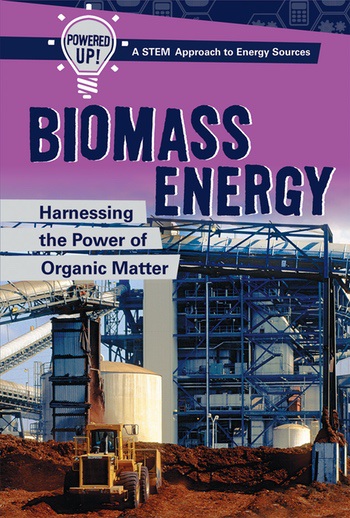
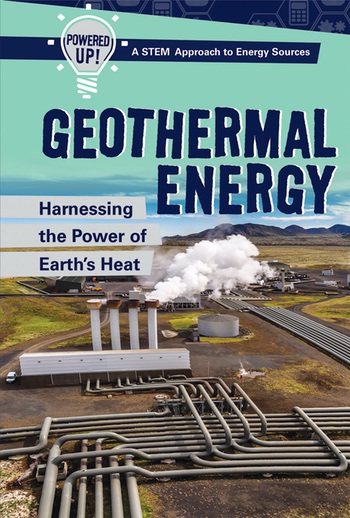
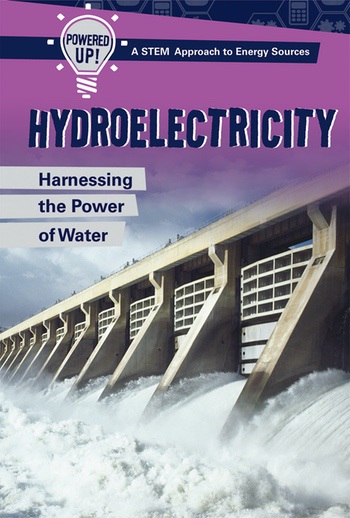
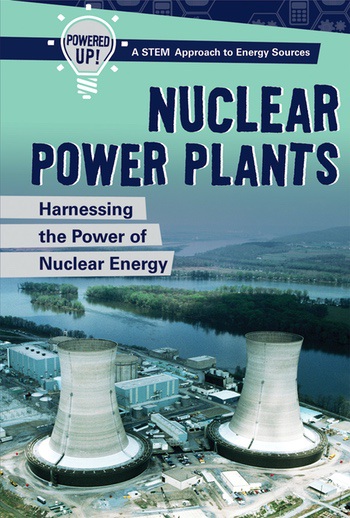
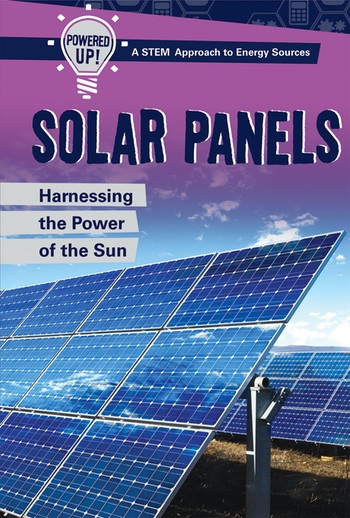
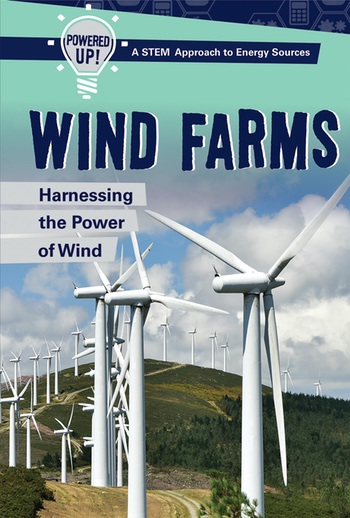
Powered Up! A STEM Approach to Energy Sources
Earth?s population has increased from about 1 billion
people in the early 1800s to more than 7 billion people in 2015. During this
time, energy use also increased dramatically. In the last 40 years alone, the
average amount of energy used by each person has tripled. This increased demand
has led scientists to look into cleaner, more sustainable energy sources than
the nonrenewable fossil fuels that have traditionally powered our planet. This
exciting series explores alternative energy sources, including hydroelectricity,
nuclear power, and geothermal energy. By learning about the pros and cons of
using alternative energy sources, students will be able to make assessments
about their future use as Earth?s energy needs continue to change.
?
Inclusion of STEM topics support the progression of crosscutting concepts included
in the Next Generation Science Standards
? This important earth science topic
is covered in detail with full-color images and informational diagrams
? Fact
boxes and captions provide additional chances for learning
? Supports the
Next Generation Science Standards
by helping students investigate, question, and analyze data









